- No products in the cart.
Arbidol prig.susp.dlya powder for oral 25mg / 5ml 125ml fl cherry and banana flavor
$5.95
Arbidol prig.susp.dlya powder for oral 25mg / 5ml 125ml fl cherry and banana flavor
SKU: 01803641255 Categories: Antiviral, immunocorrectors, Cold and flu, Medicaments Tags: 100 ml, Arbidol
Description
Composition
Active substance:
5 ml of suspension contains: umifenovir (umifenovir hydrochloride monohydrate – 25.88 mg) (in terms of hydrochloride umifenovir – 25.00 mg).
Excipients:
Sodium chloride – 26.85 mg Maltodextrin (Kleptoza Linekaps) – 750,00 mg, sucrose (sugar) – 840.42 mg Colloidal silicon dioxide (aerosil) – 24, 60 mg, titanium dioxide – 25,00 mg starch pregelatinized (RA5PH type) – 129.50 mg sodium benzoate – 9.25 mg banana flavoring – 12.40 mg cherry flavoring – 6,10 mg.
Description:
Granulated powder of white or almost white color with a characteristic fruity odor.
Description prepared suspension: homogenous suspension with white or white or yellowish kremovatam color with a characteristic fruity odor.
Product form:
Powder for suspension for oral administration, 25 mg / 5 ml.
By 37 g vials with 125 ml (from mark to a level of 100 ml) in dark (amber) glass.
One vial together with instructions for use and the measuring spoon is placed in a pile of cardboard.
Contraindications
Hypersensitivity to umifenovir or any component of the formulation.
Up to 2 years; up to 6 years (as indicated by non-specific prevention of SARS); age 12 years (as indicated by the treatment of SARS).
Deficiency of sucrase / isomaltase, fructose intolerance, glucose-galactose malabsorption.
Dosage
5 mg / ml
Indications
Prevention and treatment of influenza A and B, and other acute respiratory viral infections in children from 2 years and adults; complex therapy of acute intestinal infection rotavirus in children from 2 years; – nonspecific prophylaxis of severe acute respiratory syndrome (SARS) in children 6 years of age and adults; Treatment of Severe Acute Respiratory Syndrome (SARS) in children older than 12 years and adults.
Interaction with other drugs
In the appointment of other drugs, negative effects were noted.
Overdose
It is not checked.
pharmachologic effect
Pharmacological group:
An antiviral agent.
Pharmacodynamics:
An antiviral agent. Specifically inhibits the in vitro influenza viruses A and B (Influenzavirus A, B), including highly subtypes A (H1N1) pdm09 and A (H5N1), as well as other viruses – activators SARS (coronavirus (Soronavirus) associated with severe acute respiratory syndrome ( SARS), rhinovirus (rhinovirus), adenovirus (adenovirus), respiratory – syncytial virus (Pneumovirus) and parainfluenza virus (paramyxovirus)). According to the mechanism of the antiviral action relates to inhibitors of fusion (fusion), interacts with hemagglutinin of the virus and prevent fusion of lipid shell of a virus and cellular membranes. It possesses interferon-inducing activity – in the study in mice induction of interferon was observed after 16 h and remained high titers of interferon in the blood up to 48 hours after administration. It stimulates cellular and humoral immune responses: it increases the number of lymphocytes in the blood, in particular T-cells (CD3), increases the number of T-helper (CD4), without affecting the level of T-suppressors (CD8), normalizes the immunoregulatory index, stimulates the phagocytic function of macrophages and increases the number of natural killer cells (NK-cells).
Therapeutic efficacy for viral infections manifest in reducing the duration and severity of the disease and its main symptoms as well as reducing the incidence of complications associated with viral infection, and bacterial exacerbations of chronic diseases.
It refers to preparations of low toxicity (LD50> 4 g / kg). It does not have any negative impact on the human body when administered orally in the recommended dosages. Pharmacokinetics. Rapidly absorbed and distributed to organs and tissues. The maximum plasma concentration while taking the drug at a dose of 200 mg umifenovir achieved after 1 hour the volume of distribution (Vd) – 1432 liters. It is metabolized in the liver. The half-life averaging 11 hours. About 40% is excreted unchanged, primarily in the bile (38.9%) and, in small quantities, the kidneys (0.12%). During the first day shows 90% of the administered dose.
Pregnancy and breast-feeding
Use of the drug is contraindicated in pregnancy Arbidol®. It is not known whether the active substance penetrates Arbidol® drug or its metabolites in breast milk in lactating women. If necessary, use Arbidol® should stop breastfeeding.
Conditions of supply of pharmacies
Without recipe.
side effects
Allergic reactions: rare (with a frequency of not less than 1/10000, but less than 1/1000) – pruritus, rash, angioedema, urticaria; very rarely (at a frequency of less than 1/10, 000) – anaphylactic reaction.
If any of these instructions side effects are compounded, or if you notice any other side effects not mentioned in the instructions, tell your doctor.
special instructions
When administered to patients with diabetes, as well as a low-calorie diet must be considered that the composition includes a suspension of sucrose (0.8 g / 5 ml or 0.06 XU / 5 mL). It is necessary to observe the recommended instructions circuit and duration of treatment. When you miss a single dose of the drug – the missed dose should be taken as a course of reception of a preparation scheme started early and continued.
When calculating the desired rate to the reception amount of slurry necessary to consider the shelf life of the prepared slurry, which is 10 days. On the course reception, as indicated by non-specific prevention during epidemics of influenza and other acute respiratory viral infections in children 2 to 6 years of age need two vials Arbidol®
Shows no central neurotropic activity and can be used in medical practice in people of different professions, including require attention and coordination of movements (transport drivers, operators, etc.).
Storage conditions
Store at a temperature not higher than 25 C.
The obtained suspension is kept at a temperature not higher than 8 C (in a refrigerator). Do not freeze.
Keep out of the reach of children.
Dosing and Administration
Inside, before meals.
Preparation of the suspension.
A vial containing a powder, add 30 ml (or about 2/3 of the vial volume) boiled and cooled to room temperature water. Bottle lid, turn and carefully shaken until a homogeneous suspension. Add boiled and cooled water to a volume of 100 ml (up to the mark on the bottle) and shake again. Before each administration of vial contents carefully shaken until a homogeneous suspension. Measure out single dose using the supplied measuring spoon.
Single dose (depending on age): 2 to 6 years of 10 ml (50 mg) with 6 to 12 20 ml (100 mg) over 12 years and adults, 40 ml (200 mg)
receiving a schema:
Nonspecific prevention during influenza epidemics and ARI in single dose 2 times a week for 3 weeks.
Nonspecific prevention of direct contact with patients with influenza and other SARS in a single dose once a day for 10-14 days.
Treatment of influenza and ARI in uncomplicated in a single dose 4 times a day (every 6 hours) for 5 days.
Combined therapy of acute intestinal infections rotavirus in a single dose 4 times a day (every 6 hours) for 5 days.
For non-specific prevention and treatment of severe acute respiratory syndrome (SARS):
For nonspecific prevention of SARS (in contact with the patient) in children from 6 years and Adults: children 6 to 12 years – 20 ml (100 mg) for children older than 12 years and adults – 40 ml (200 mg) once a day for 12-14 days.
For the treatment of SARS in children from 12 years and adults: children over 12 and adults – 40 ml (200 mg) 2 times a day for 8-10 days.
Information
Appearance may differ from that depicted in the picture. There are contraindications. You need to read the manual or consult with a specialist
Additional information
| Weight | 0.100 kg |
|---|---|
| Manufacturer | Arbidol |

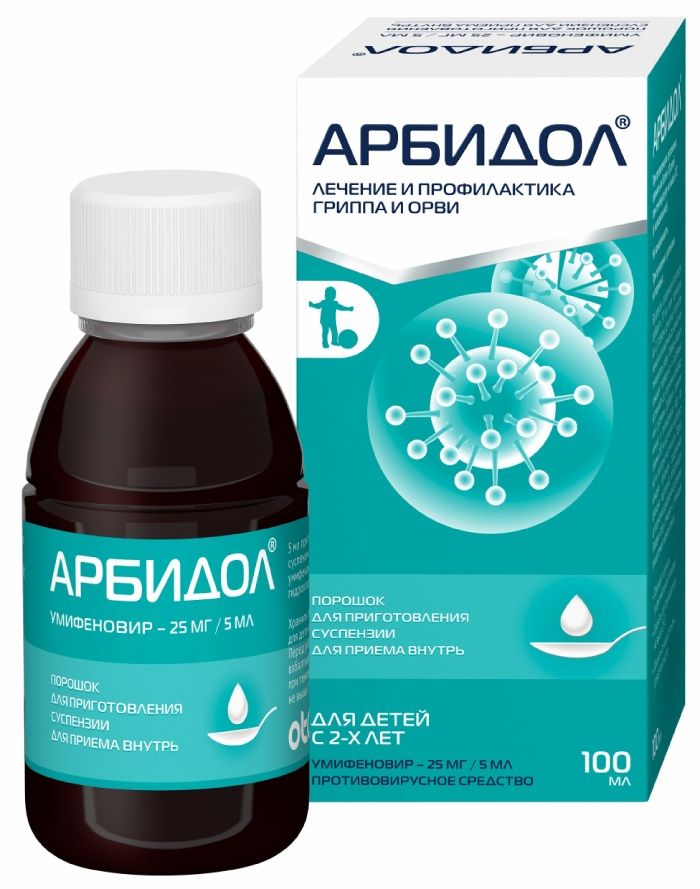
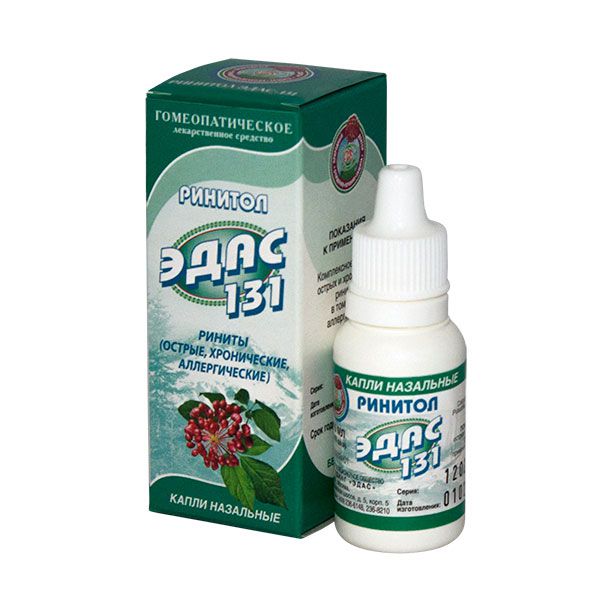
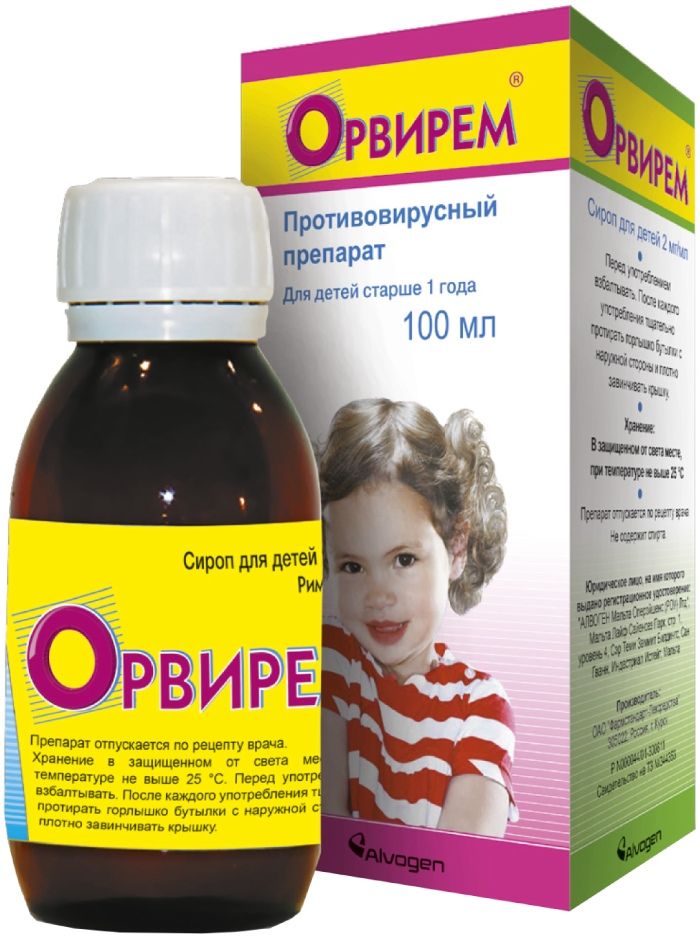
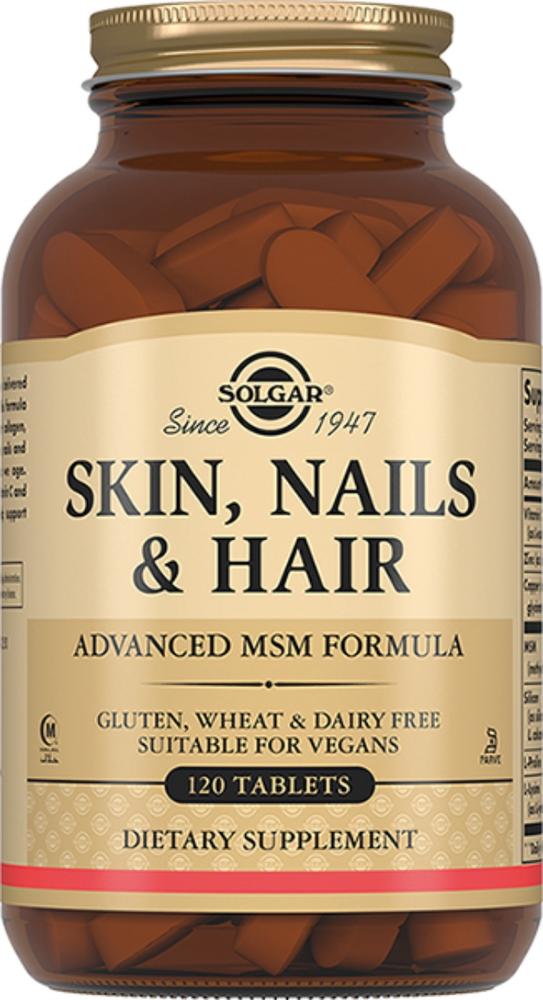
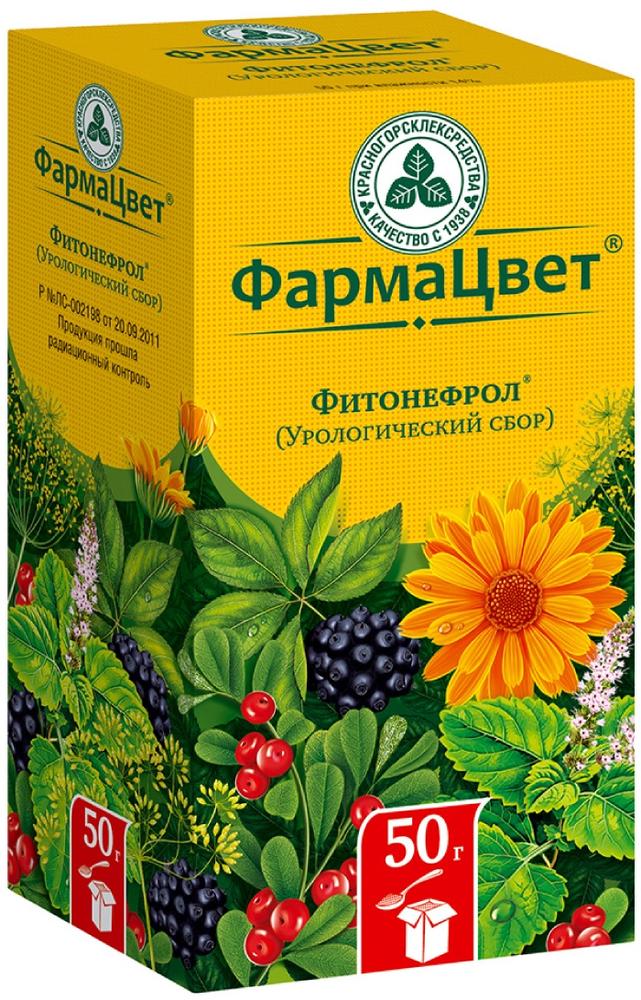
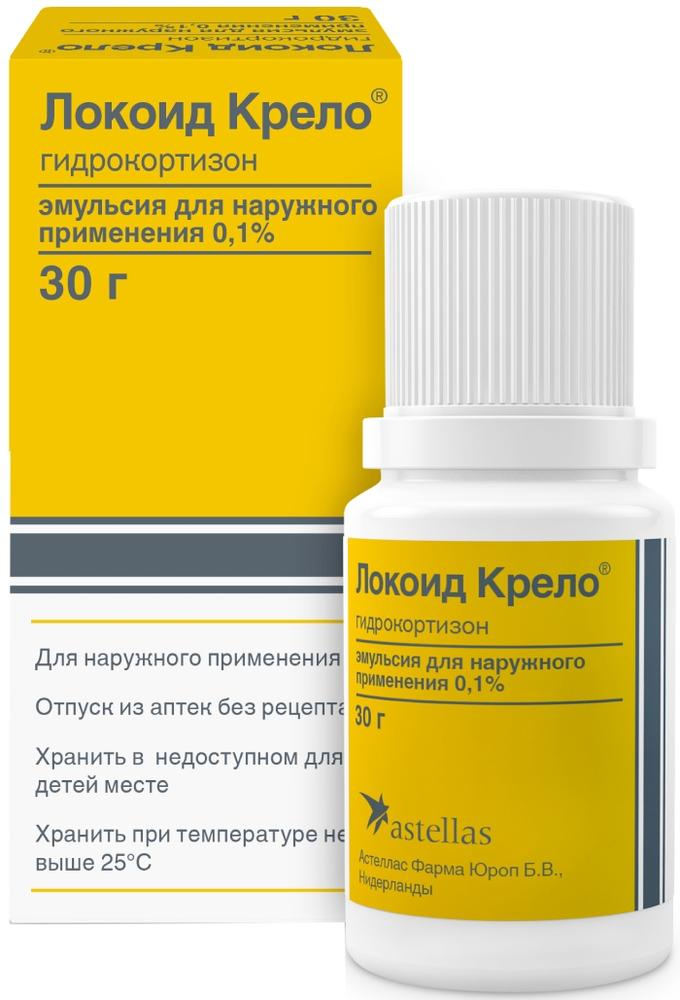
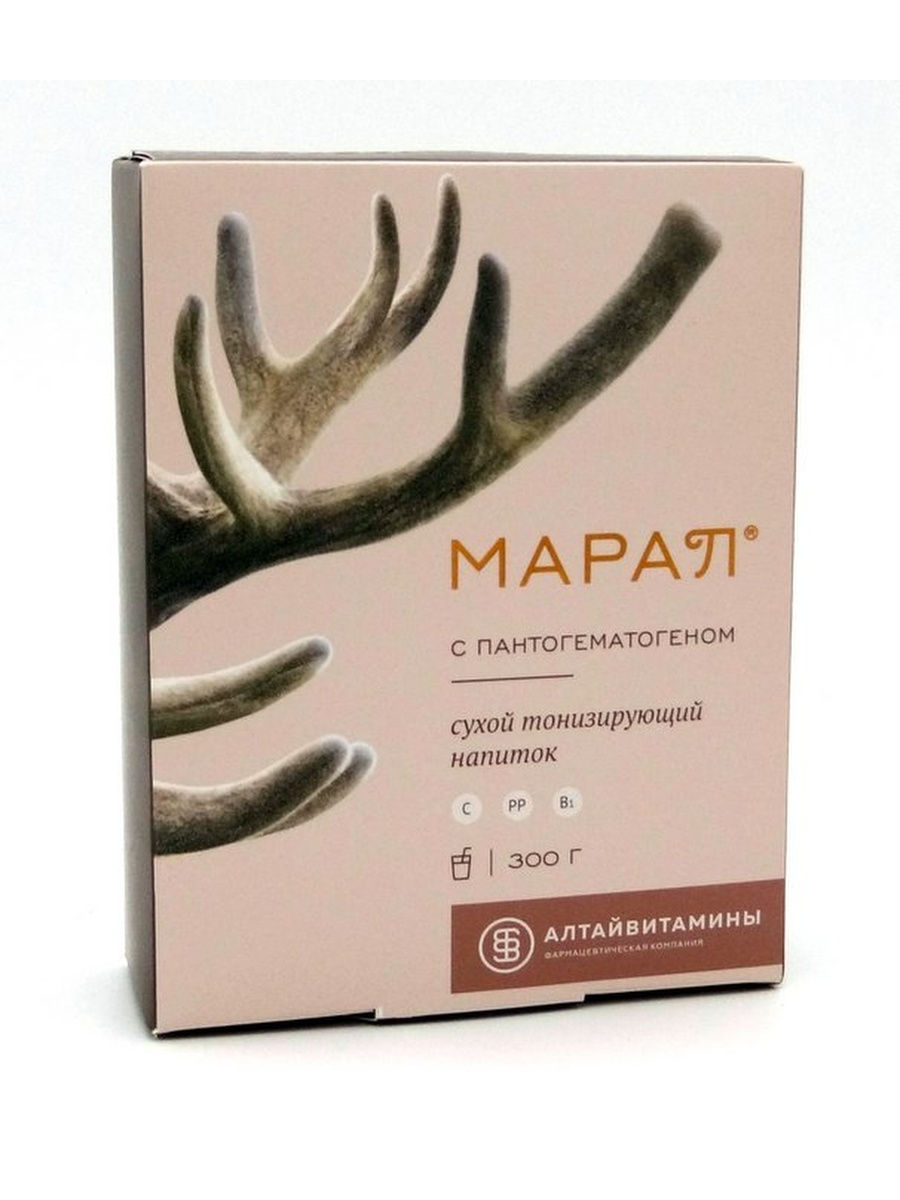
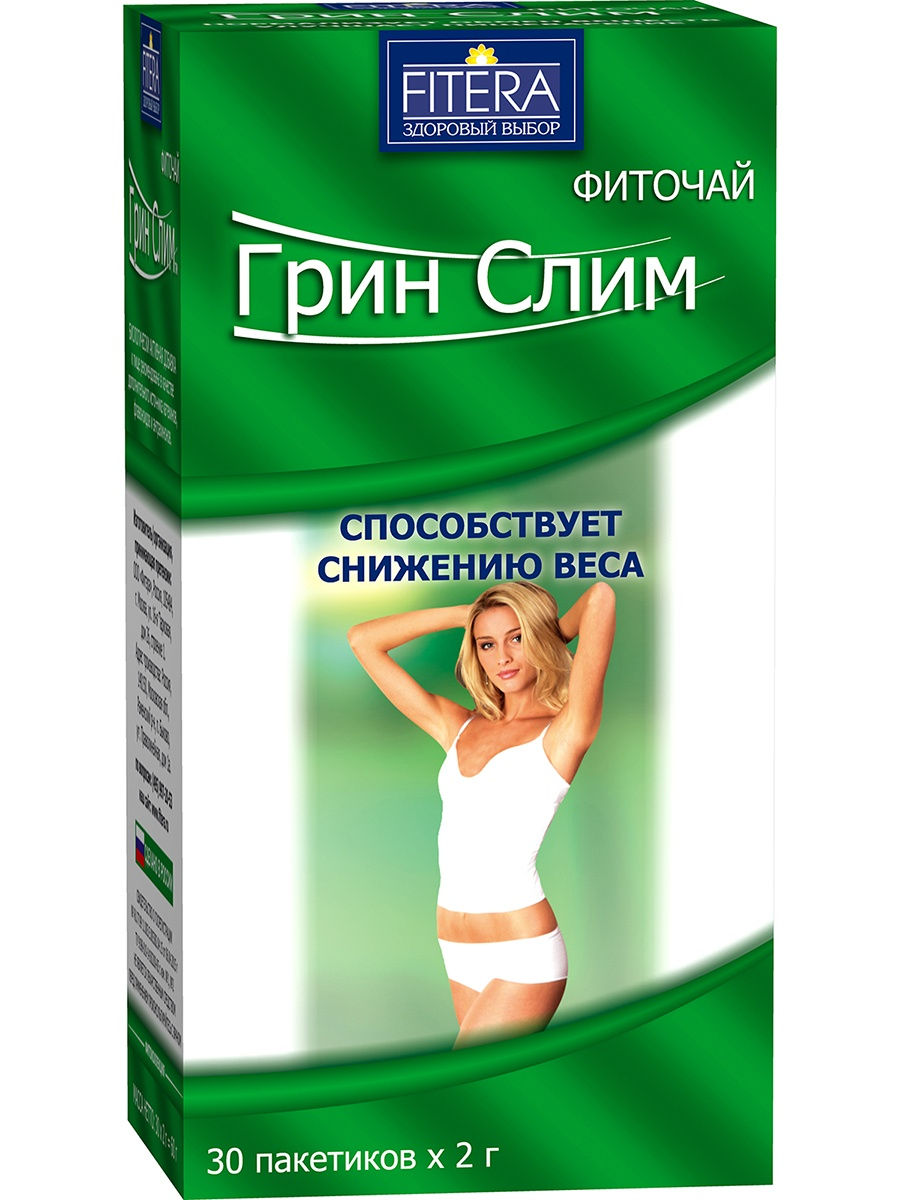
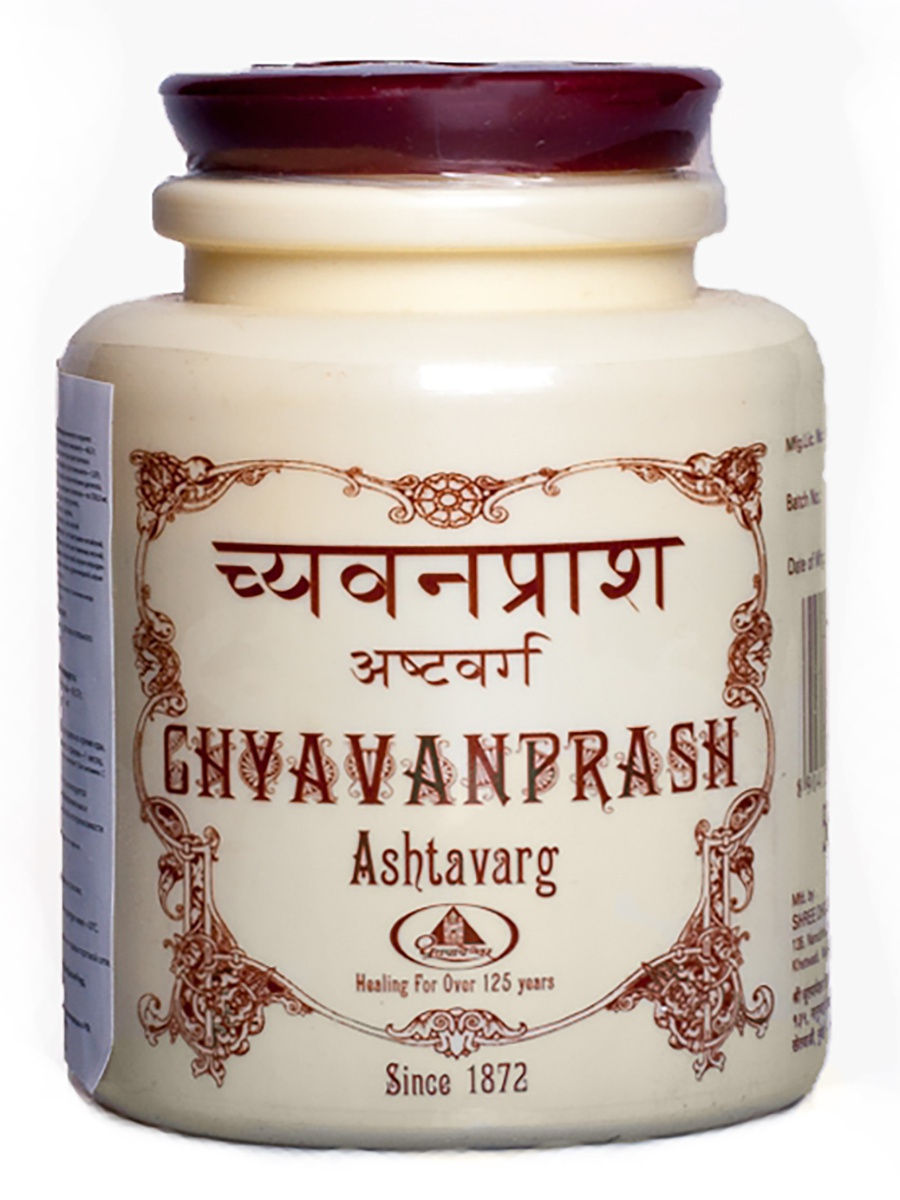




There are no reviews yet.